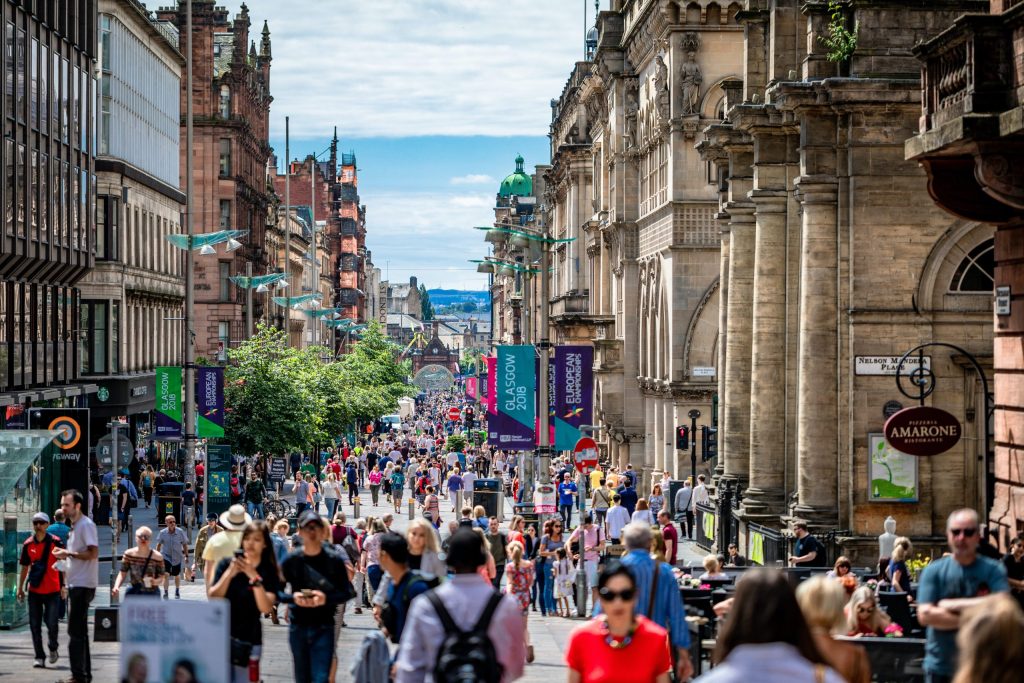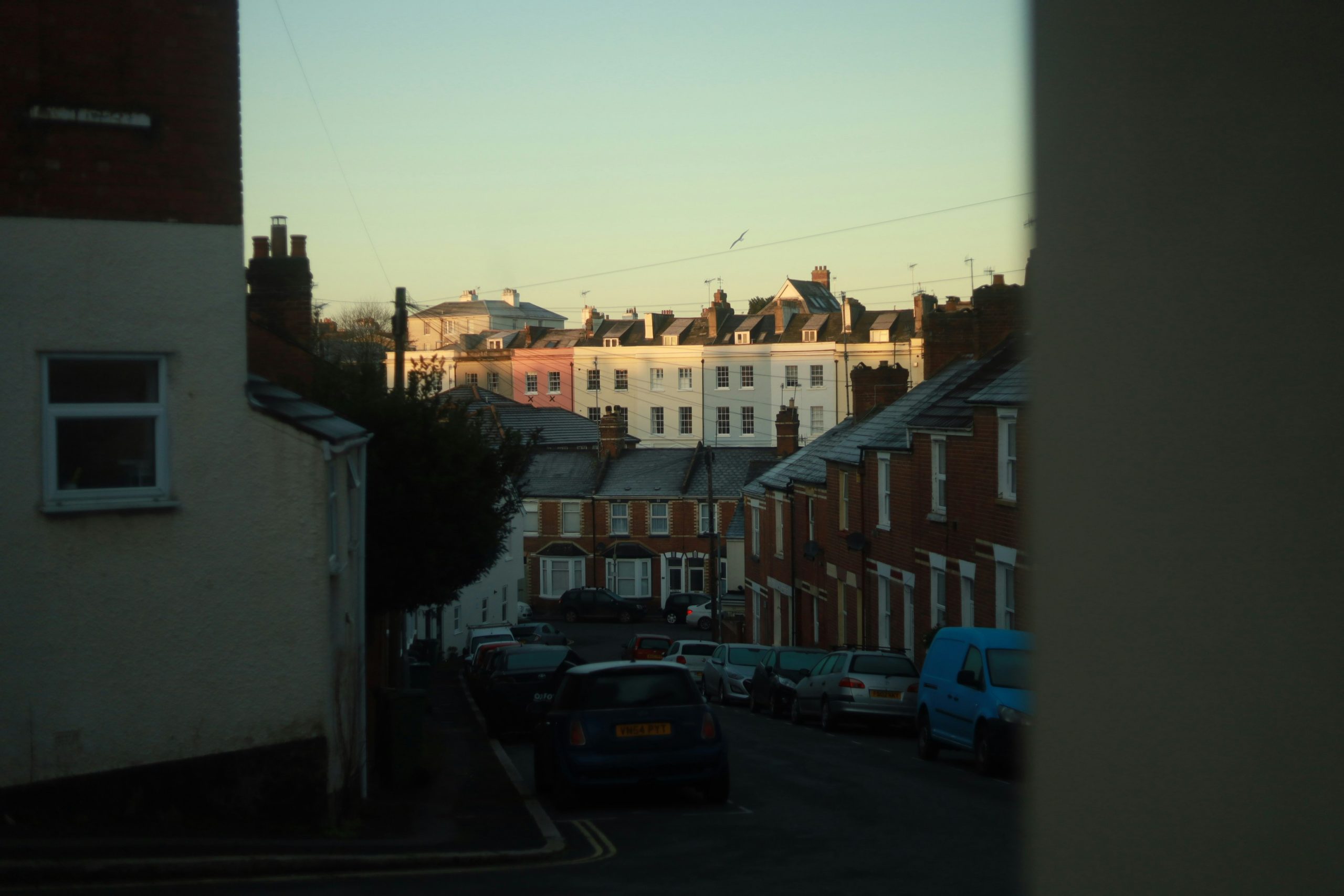
The latest figures nationally and regionally paint a bleak picture of what is happening in our High Streets. Many within the industry say that High Streets are becoming deserts. There are multiple reasons for this. It is important to remember that these areas serve more than just retail customers. They have historic traditions. They provide cultural input, and they are the economic heart for many of our urban and rural communities.
Notwithstanding this, it is all too evident that many Town Centres are now characterised by boarded up windows, derelict shop floors and dwindling footfall. This trend has been increasing over the last 10 years. According to well informed research bodies, approximately 50,000 shops were lost from UK High Streets between 2010-2020. This figure continues to rise and one of the most serious side effects of Covid and the resulting national lockdown was to force several High Street retailers into closure and to prompt many of those who remained to re-think their strategies. The latest big name being Wilko. A more detailed look at the figures shows that by February 2022 over 17,000 chain store shops closed in 2021 – around 47 stores shutting every day. The largest falls were amongst fashion retailers with nearly 1,400 closures, banks nearly 1,000 closures and convenience stores also around 1,000.
Behind this trend are a series of complex reasons. Covid accelerated the pace. High interest rates and energy costs have had a dramatic effect. The overriding trend however and perhaps the greatest threat is from online shopping. Since 2000, retailers have turned increasingly to the internet to replace their direct sales platforms. By 2016, over 85% of British consumers over 18 had shopped online. By 2018, approximately 30% of gross retail spend was online. This has continued to squeeze both capacity and margins for High Street retailers and it is a trend which is likely to continue. Perhaps the example of the closure of bank branches is the best illustration of this, mass closures have taken place and continue. Not only does this leave big holes in High Streets but very often a visit to the bank resulted in other shopping activity.
Another contributor to this trend is business rates. There has been a persistent outcry from the larger retailers, who do not qualify for business rate relief, that recognition should be given to their plight. Patently it is unfair that major online retailers pay only a fraction of the business rates burden. Amazon, for example, pays less than 1% business rates of its UK sales, which exceed £10 billion per year.
So, what can be done?
We know that the state of national finances is so fragile that little more can be squeezed out of the Treasury. In fairness, the government have recognised this problem and through a series of High Street Fund initiatives have tried to reverse these trends. Much as this money is welcome, however, it has barely scratched the surface and done little to deflect the downward trend. If, therefore, we are to avoid “silent” High Streets, then some radical action will be required. Both our District Councils have done everything within their power to recognise these problems and resolve them. The work in Bideford High Street is part of this. Also, the significant investment made by North Devon District Council in Green Lanes and around the Pannier Market and Butcher’s Row have been vital in stemming the tide. This is beneficial, not just to our local communities but also to our crucial hospitality and tourism industry. Many of these want a high street experience when visiting this region.
Some would say that this trend represents a good cleansing of shops occupied by the same national traders found in every town. This lack of distinctiveness and character is undoubtedly unfortunate. With empty shops and much cheaper rents, this does provide opportunities for genuine local traders, who would otherwise be priced out of the market.
The long-term solution to try and fix this problem will involve a radical reshaping of these traditional areas. Increasing the amount of mixed uses, such as having much more residential over shops, would bring back footfall and help to expand the night time economy. Increasing vibrancy and fun will also be important. If people feel relaxed and safe, then they will stay longer. This means some rethinking of how we access high streets and how we park, things like “happy hours” could make a difference perhaps for one hour after school pick up in the afternoon. In short, there needs to be a number of small steps taken, there are no quick fixes, but this is a problem we, in the business community, all need to focus on. We will also be monitoring the shopping trends over Christmas with increasing concern.









